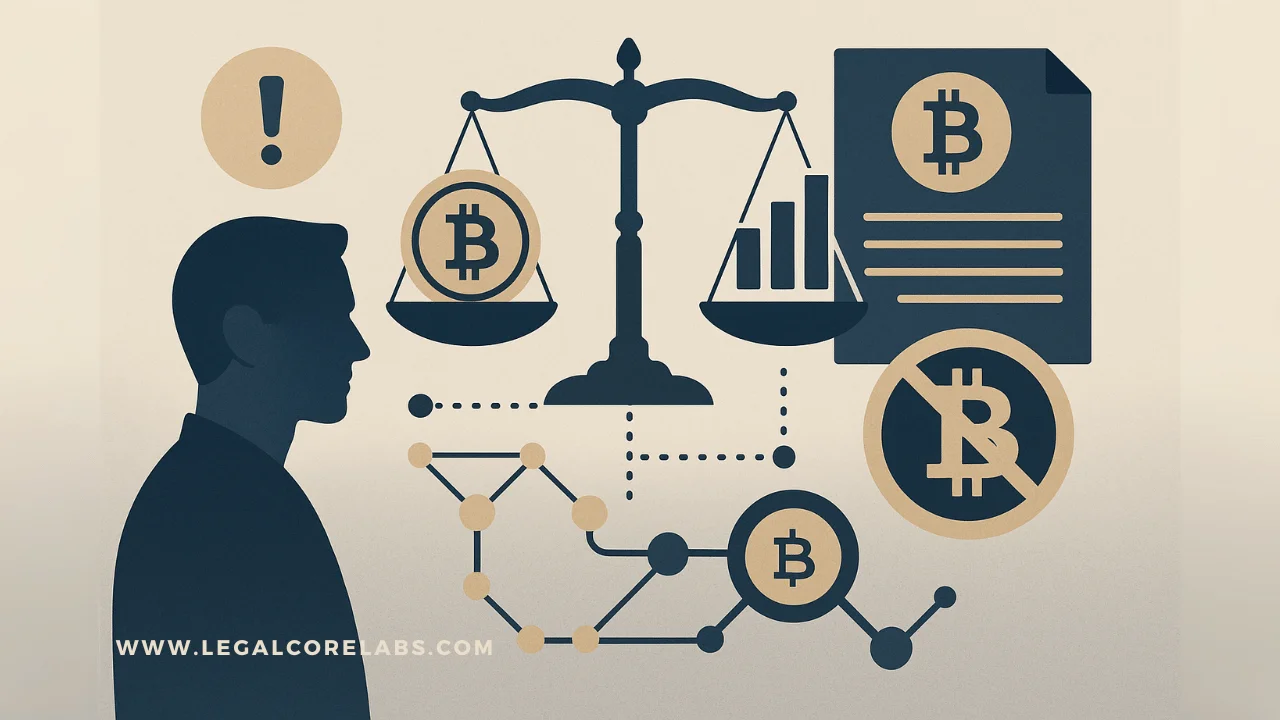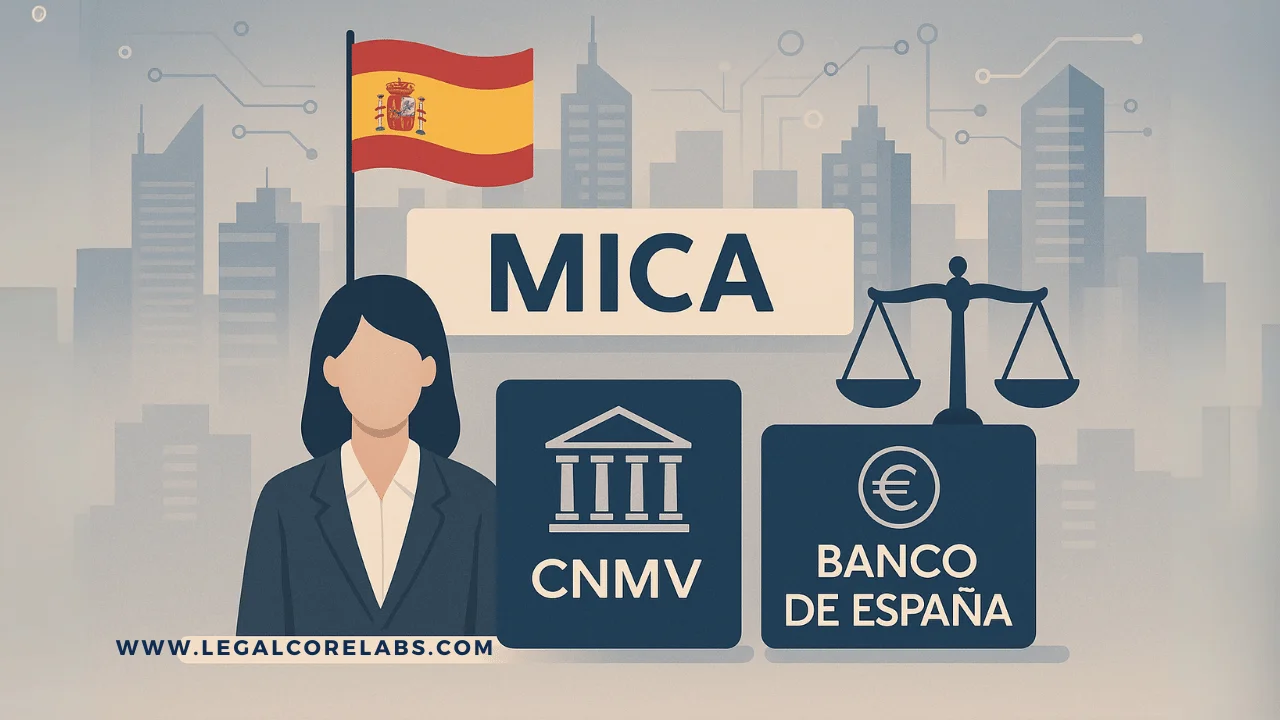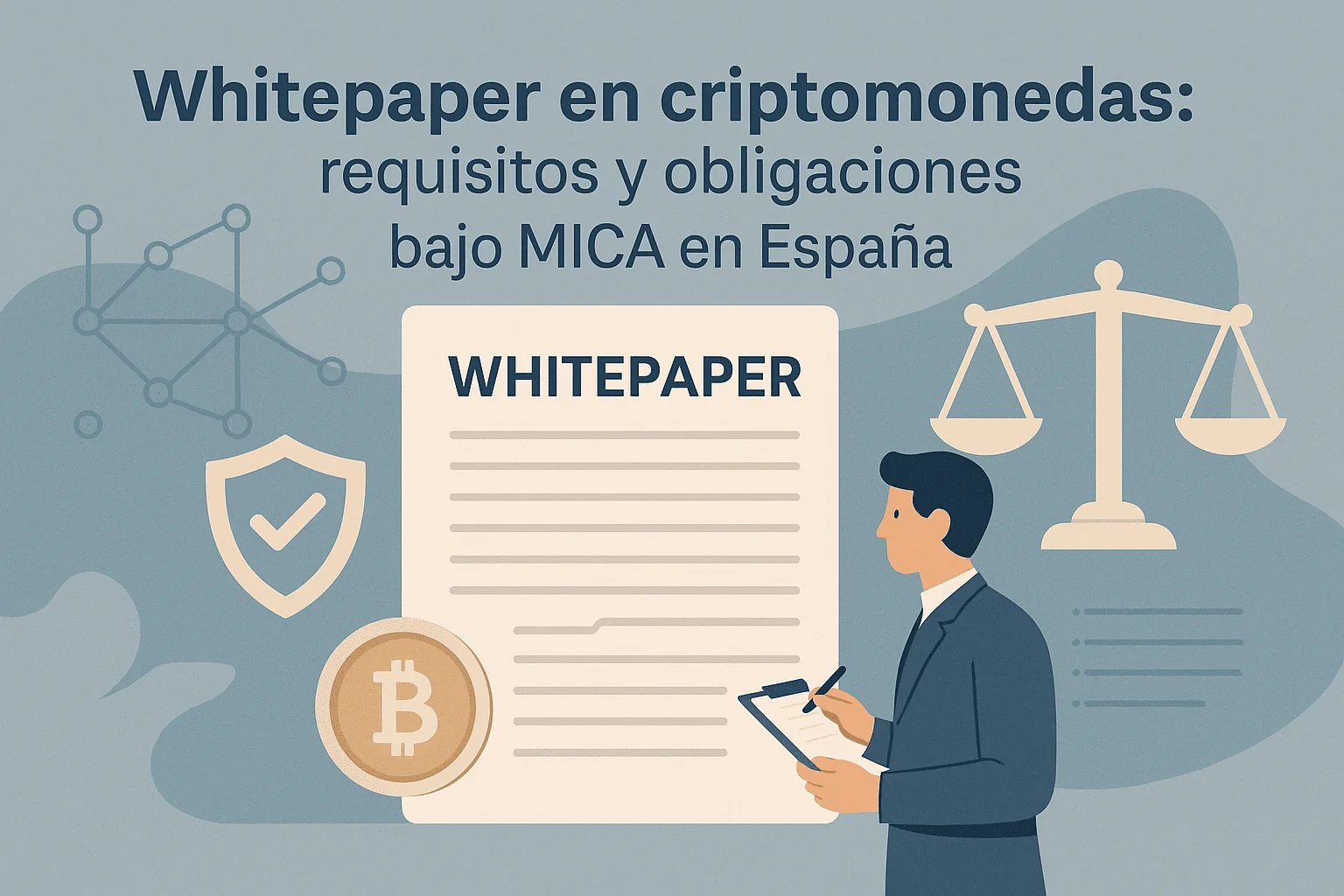In this article, we will use the terms crypto-assets and cryptocurrencies interchangeably, in accordance with common usage, although technically they are not always equivalent.
This article explains what is understood as insider trading in cryptocurrencies, how it is configured as market abuse, and what the current regulations are in Spain and Europe, including the MICA Regulation.
What is insider trading and why is it a problem?
Insider trading remains one of the major sources of distortion in financial markets. Its use allows obtaining economic advantages through the use of data not accessible to most investors, which breaks the principles of fairness and transparency in decision-making.
This phenomenon is not foreign to the cryptocurrency market, where practices that harm retail investors are frequently observed, who face decisions with asymmetric information and at a clear disadvantage.
Traditional regulatory framework on market abuse
In Europe,
Regulation (EU) 596/2014 on market abuse is the reference standard in this matter. In Spain, it is complemented by the recent
Law 6/2023, on Securities Markets and Investment Services, which expressly incorporates DLT-based markets.
These regulations typify the main forms of market abuse, among which stand out:
-
Use of insider information
-
Market manipulation
-
Wash trading
-
Front running
Although not all these practices directly alter the price, they seriously affect the transparency and functioning of markets.
What is "wash trading"?
These are fictitious operations designed to artificially inflate the volume of an asset and create a misleading image of the market.
What is "front running"?
It consists of anticipating client orders with own operations, taking advantage of an informational advantage position.
Current regulation of insider trading
Regulation 596/2014 dedicates its Article 7 to defining insider information as that which is non-public, specific, and likely to significantly influence the price of financial instruments or their derivatives.
It also establishes:
- Its prohibition of use (Art. 14)
- Its prohibition of communication (except exceptions)
- The obligation of immediate disclosure by issuers (Art. 17), except for specified cases that allow its delay
In Spain, the
CNMV is the authority in charge of supervising, inspecting, and sanctioning conduct related to market abuse. Additionally, this type of abuse can constitute a crime, in accordance with Articles 278 and following of the Penal Code.
What does MICA regulate on market abuse?
The
MICA Regulation, currently in force, includes a
Title VI dedicated to preventing market abuse in the crypto environment. Its application is limited to cryptocurrencies admitted for trading on authorized centralized platforms, or in the process of requesting listing.
⚠️
Important: cryptocurrencies present exclusively in DeFi environments are outside the scope of MICA application.
Insider trading in cryptocurrencies according to MICA (Arts. 76 to 79)
MICA imposes clear obligations on issuers and service providers related to cryptocurrencies:
-
Immediate public disclosure of insider information, in a complete and accessible manner
-
Possibility of delaying its publication, under strict conditions: that legitimate interest is not harmed, deception is not induced, and confidentiality is guaranteed
-
Prohibition of use and recommendation of cryptocurrencies based on insider information
-
Prohibition of illicit communication, except in exceptional cases
Additionally, Article 307 considers it a
serious violation to lack internal supervision mechanisms to prevent market abuse.
The CNMV, as the national authority in Spain, may even request traffic data records from telecommunications companies in cases of reasonable suspicion, in accordance with Article 82.2.e of the Regulation.
Market manipulation according to MICA: Article 80
The Regulation also addresses market manipulation in detail, including:
-
Transmission of false or misleading signals about price, supply, or demand
-
Creation of abnormal or artificial prices
-
Dissemination of false or misleading information through media or networks
-
Adoption of dominant positions or abusive use of communication means
These practices have been present in the crypto ecosystem under modalities such as
"rug pulls" and other tactics designed to alter or simulate market behavior.
Obligations for crypto service providers
Cryptocurrency service providers (CEX, custodians, issuers, etc.) must:
-
Implement effective internal systems and procedures against market abuse (Arts. 54.m, 61.9, and 68.9)
-
Comply with organizational requirements from the administrative authorization phase
-
Avoid sanctionable conduct that could be considered serious violations, under CNMV supervision
Conclusion: a new era for transparency in the crypto market
The traditional regulation on insider trading in cryptocurrencies and market abuse has been extended to the crypto ecosystem with the
MICA Regulation. This evolution represents an additional guarantee to protect retail investors in Spain and to strengthen market transparency.
The inclusion of these rules reinforces the credibility of the crypto environment and marks a clear difference between serious projects and opaque spaces.



